Classification and Extraction of Rural Green Coverage Based on Object-based High-resolution Remote Sensing Images
DOI: 10.23977/jipta.2023.060102 | Downloads: 54 | Views: 1785
Author(s)
Huang Zhe 1
Affiliation(s)
1 Beibu Gulf University, Party Committee Graduate Work Department, Qinzhou, Guangxi, 535011, China
Corresponding Author
Huang ZheABSTRACT
Rural green space is the foundation of rural environment. In order to solve the practical problems of rural green space, this paper starts from the perspective of rural space, and studies the systematic and normative extraction method of rural green space in Jiangning District of Nanjing city. It provides a scientific basis for the development of rural green space in China. Based on the object-oriented threshold classification method, this paper divides the rural green space into cultivated land, grassland, forest land, residential green space and road green space, and other features into water, road and urban and rural land, and analyzes the land coverage. The main research contents and conclusions are as follows: (1) The multi-scale segmentation parameters are determined. The influence of spectral factor, shape and compactness factor, segmentation scale and band weight on the experimental results is analyzed. After many experiments, the optimal segmentation scale parameters are determined as follows: water layer band weight 1:1:1:1:4, shape factor 0.1, compactness factor 0.5 and segmentation scale 60; The band weight of vegetation layer is 1:1:1:1:4, shape factor is 0.1, compactness factor is 0.5 and segmentation scale is 40; The band weight of urban and rural strata is 1:1:1:1:1, shape factor is 0.3, compactness factor is 0.5 and segmentation scale is 20. (2) The feature space rule sets of different land cover types are established. According to the spectral, geometric, texture and exponential characteristics of different land cover types, combined with sample analysis, the rule sets of extracting water body are determined as NDWI≥0.139, mean_ nir≤249; The rule set of green space and blue roof building is NDVI≥0.14; The rule set of blue roof building is NDSI≤- 0.19, mean_ Blue≥416; The rule set of road extraction is length ≥ 60, GLCM_ STdD≥44.5, BBI(374,453);The rule sets of grassland and cultivated land extraction were NDVI≤0.45, GLCM_ STdD≤36.1; The rule set of extracting cultivated land is rectangular fit≥0.74, NDVI≥0.16; The rule set of extracting road green space and residential green space is rel. Area of ≤20. (3) Object oriented threshold separation results and analysis. The results show that the overall accuracy of the method is 90.4%, and the kappa coefficient is 0.815. The total area of green space in the study area, including woodland, grassland, cultivated land, road green space and residential green space, is 1117413 m2, accounting for 87.7% of the total area. The area of other land types is 321148 m2, accounting for 12.3% of the total area. The rural greening rate in the study area is as high as 87.7%.
KEYWORDS
High resolution remote sensing image; Multi scale segmentation; Object oriented method; Classification of rural green coveragCITE THIS PAPER
Huang Zhe, Classification and Extraction of Rural Green Coverage Based on Object-based High-resolution Remote Sensing Images. Journal of Image Processing Theory and Applications (2023) Vol. 6: 11-32. DOI: http://dx.doi.org/10.23977/jipta.2023.060102.
REFERENCES
[1] Baatz M. Object-oriented and multi-scale image analysis in semantic networks[C].International Symposium of Remote Sensing,1999:15-27.
[2] KONG C. Classification and Extraction of Urban Land-Use Information from High-Resolution Image Based on Object Multi-features[J]. Journal of China University of Geosciences, 2006, 17(2):151-157.
[3] Frohn R C, Chaudhary N. Multi-scale Image Segmentation and Object-Oriented Processing for Land Cover Classification [J]. Giscience & Remote Sensing, 2008, 45(4): 377-391.
[4] Hu Wenliang, Zhao Ping, Dong Zhangyu, et al. An improved optimal segmentation scale computing model for remote sensing images [J]. Geography and Geographic Information Science, 2010,06:1518.
[5] Mo Dengkui, Lin Hui, Sun Hua, et al. Extracting land cover information based on high-resolution remote sensing images [J]. Remote Sensing Technology and Application, 2005,20 (004): 411414.
[6] Qin Xianlin, Li Xiaotong, Liu Shuchao and so on. Research progress of forest fire satellite remote sensing early warning and monitoring technology in China [J]. Journal of Remote sensing, 2020,24 (05): 511520.
[7] Bai Tao, Yang Guodong, Wang Fengyan, Liu Jiawei. An object-oriented computing model for the optimal segmentation scale [J]. Journal of Jilin University (Earth Science Edition), 2020,50 (01): 304-312.
[8] Tian J, Chen D M. Optimization in multi-scale segmentation of high-resolution satellite images for artificial feature recognition [J]. International journal of remote sensing, 2007, 28(19-20):4625-4644.
[9] Huang Huiping. Research on Scale Problems in Object-oriented Image Analysis [D]. Graduate School of Chinese Academy of Sciences (Institute of Remote Sensing Application), 2003.
[10] Ren Chong. Research on fine classification of forest types and monitoring of forest resource changes in medium and high resolution remote sensing images [D]. Chinese Academy of Forestry Sciences, 2016.
[11] Kim M , Madden M , Warner T . Estimation of optimal image object size for the segmentation of, forest stands with multispectral IKONOS imagery[M]// Object-Based Image Analysis. Springer Berlin Heidelberg, 2008.
[12] Curtis E. Woodcock, Alan H. Strahler. The factor of scale in remote sensing[J]. Remote Sensing of Environment, 1987, 21(3):311-332.
[13] Atkinson P M, Curran P J. Choosing an appropriate spatial resolution for remote sensing investigations[J]. Photogrammetric Engineering and Remote Sensing, 1997, 63(12): 1345-1351.
[14] Espindola G M, Camara G, Reis I A, et al. Parameter selection for region-growing image segmentation algorithms using spatial autocorrelation[J]. International Journal of Remote Sensing, 2006, 27(14): 3035-3040.
[15] Jung-Bin Lee, Joon Heo, Yang-Dam Eo. Study on Selection of Optimized Segmentation Parameters and Analysis of Classification Accuracy for Object-oriented Classification. 2007, 23(5): 521-528.
[16] Li Qin, Gao Xizhang, Zhang Tao, et al. Experimental analysis of multi-level remote sensing site classification at the optimal segmentation scale [J]. Journal of Earth Information Science, 2011,11 (03): 409-417.
[17] Yin Ruijuan, Shi Runhe, Li Junyao, et al. An automatic selection method of optimal segmentation scale for high-resolution remote sensing images [J]. Journal of Earth Information Science, 2013,15 (06): 902-910.
[18] Zuo Dumei, Han Wenquan, Chen Xin, Zhang Fengmei, and so on. Application of multi-source spatial data in urban green coverage rate survey [J]. Urban Survey, 2010 (S1): 88-90.
[19] Wang Xiao'an, Cao Menglei, Zhang Weiwei, Li Dandan, etc. Research on the monitoring method of urban landscaping in Lishui city based on RS and GIS technology [J]. Forestry Survey and Planning, 2012,37 (04): 24-30.
[20] Zhang Weiwei, Feng Zhongke, Wang Xiao'an, Zhang Lei, Li Dandan, Zhang Ning, and so on. Forest tree parameter extraction and tree overesation based on TM images [J]. Journal of Central South University of Forestry and Technology, 2013,33 (09): 27-31.
[21] Li Dandan, Feng Zhongke, Wang Xiao'an, Zhang Ning, Zhang Weiwei, etc. BP neural network inversion forest biomass model study [J]. Forestry Survey and Planning, 2013,38 (01): 5-8.
[22] Fan Yisheng, Zhang Yong, Wei Min, Chen Xuebin, et al. Study on the rapid extraction of green coverage in urban built-up areas based on the results of geographical national survey [J]. Modern Surveying and Mapping, 2017,40 (02): 56-58.
[23] Li Chungan, Liang Wenhai. Detection of forest change in remote sensing images based on object-oriented change vector analysis method [J]. Remote Sensing of Land and Resources, 2017,29 (03): 77-84.
| Downloads: | 2646 |
|---|---|
| Visits: | 194702 |
Sponsors, Associates, and Links
-
Power Systems Computation

-
Internet of Things (IoT) and Engineering Applications
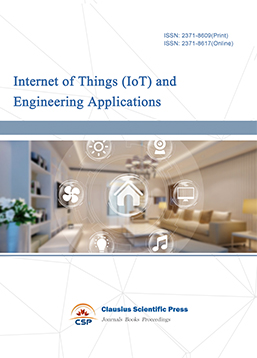
-
Computing, Performance and Communication Systems
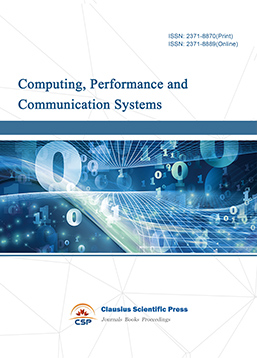
-
Journal of Artificial Intelligence Practice
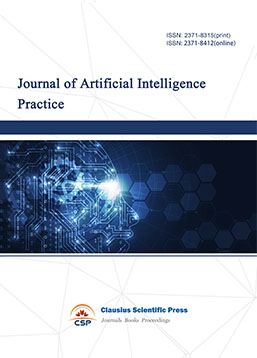
-
Advances in Computer, Signals and Systems
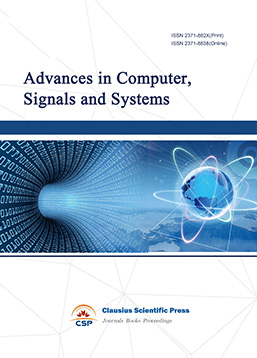
-
Journal of Network Computing and Applications
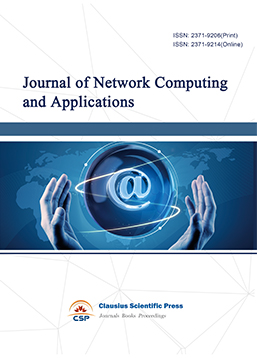
-
Journal of Web Systems and Applications
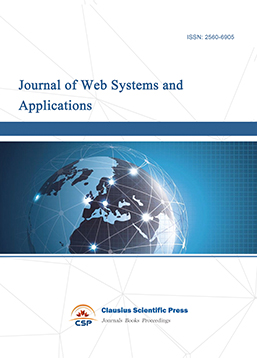
-
Journal of Electrotechnology, Electrical Engineering and Management
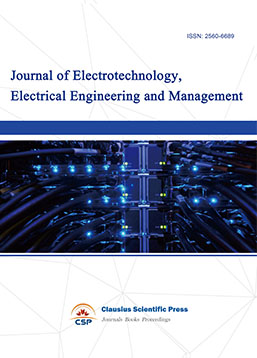
-
Journal of Wireless Sensors and Sensor Networks
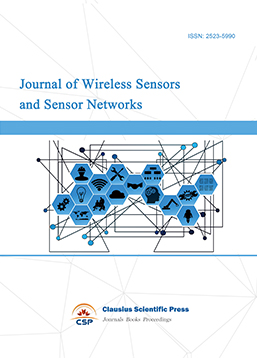
-
Mobile Computing and Networking
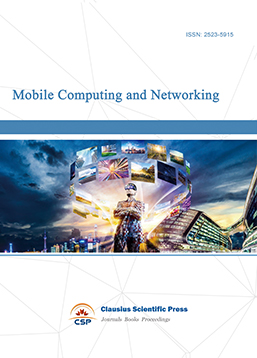
-
Vehicle Power and Propulsion
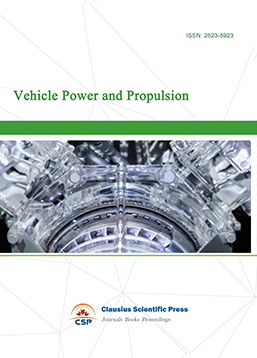
-
Frontiers in Computer Vision and Pattern Recognition

-
Knowledge Discovery and Data Mining Letters

-
Big Data Analysis and Cloud Computing
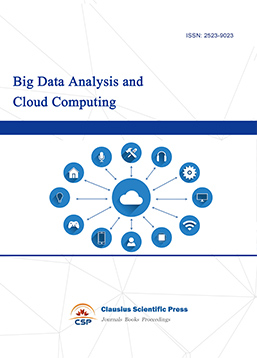
-
Electrical Insulation and Dielectrics
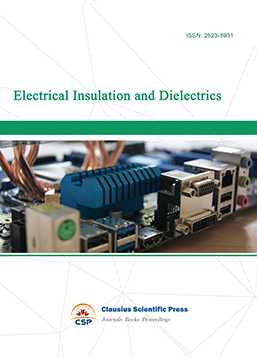
-
Crypto and Information Security
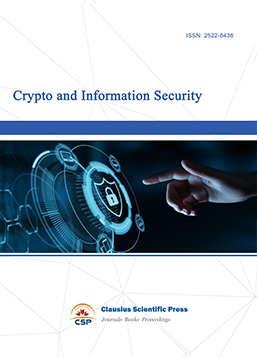
-
Journal of Neural Information Processing
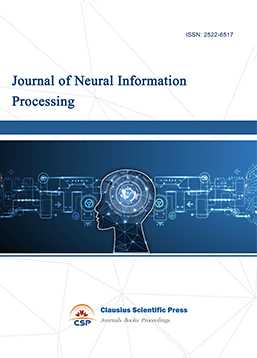
-
Collaborative and Social Computing

-
International Journal of Network and Communication Technology
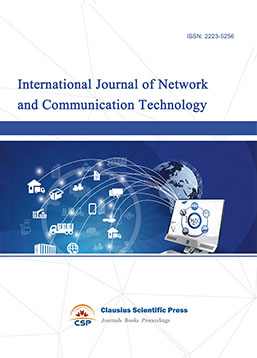
-
File and Storage Technologies
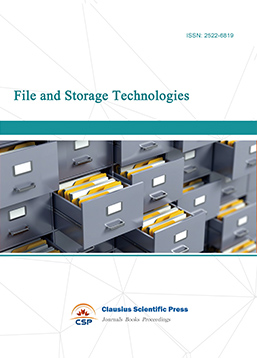
-
Frontiers in Genetic and Evolutionary Computation
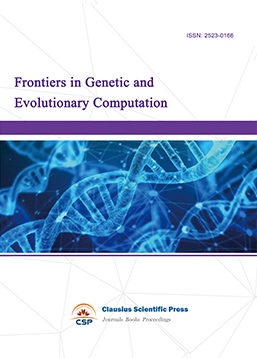
-
Optical Network Design and Modeling
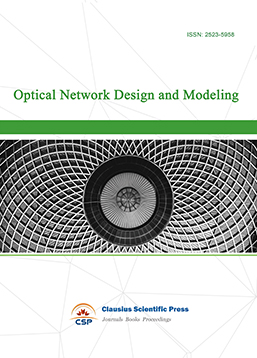
-
Journal of Virtual Reality and Artificial Intelligence
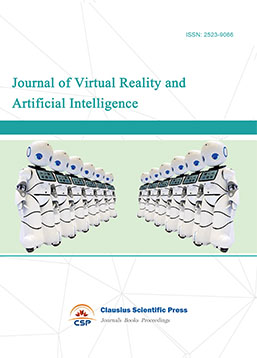
-
Natural Language Processing and Speech Recognition
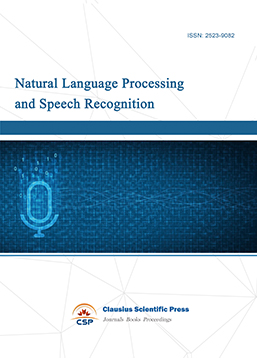
-
Journal of High-Voltage
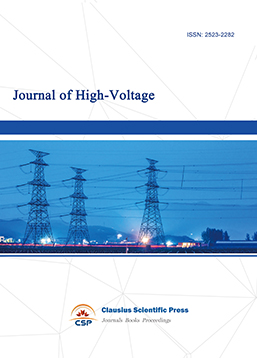
-
Programming Languages and Operating Systems
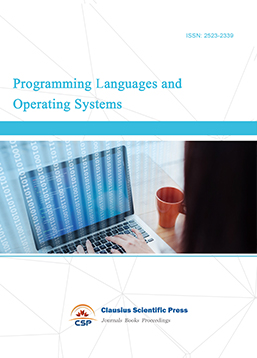
-
Visual Communications and Image Processing

-
Journal of Systems Analysis and Integration
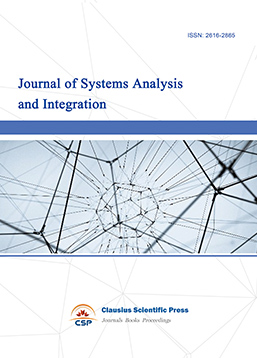
-
Knowledge Representation and Automated Reasoning
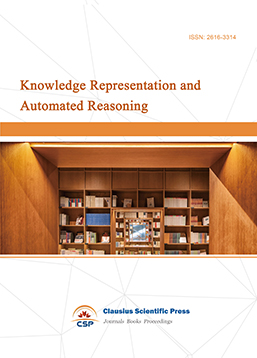
-
Review of Information Display Techniques
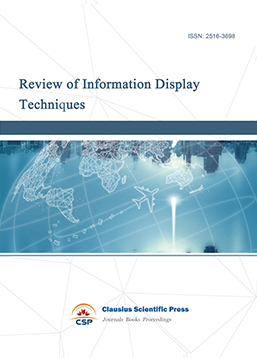
-
Data and Knowledge Engineering
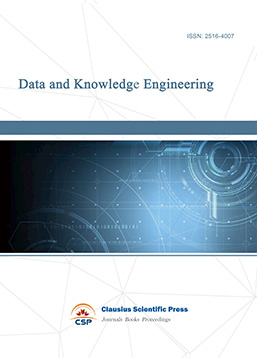
-
Journal of Database Systems
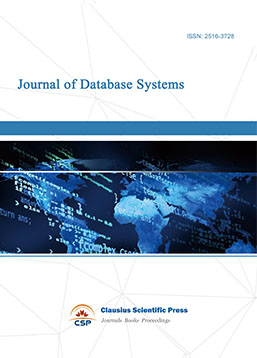
-
Journal of Cluster and Grid Computing

-
Cloud and Service-Oriented Computing
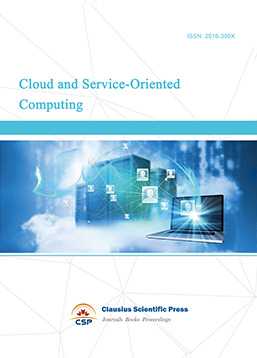
-
Journal of Networking, Architecture and Storage
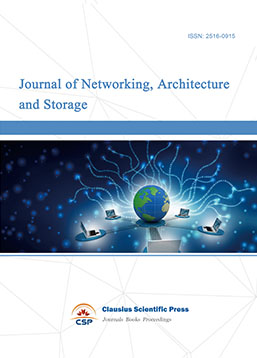
-
Journal of Software Engineering and Metrics
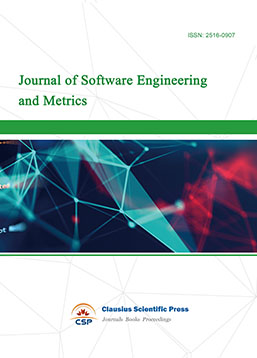
-
Visualization Techniques

-
Journal of Parallel and Distributed Processing
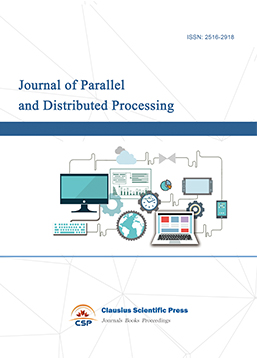
-
Journal of Modeling, Analysis and Simulation
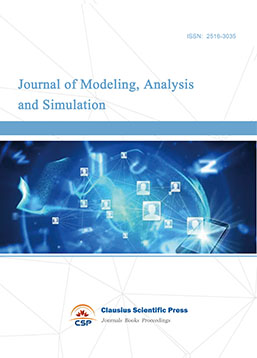
-
Journal of Privacy, Trust and Security
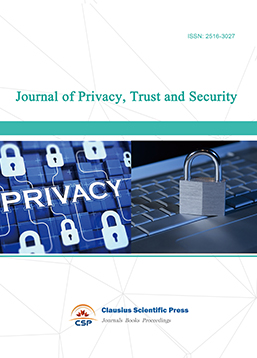
-
Journal of Cognitive Informatics and Cognitive Computing
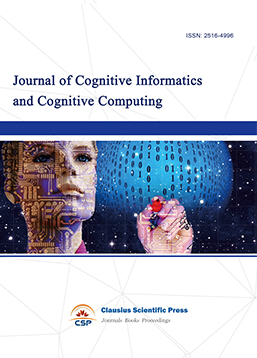
-
Lecture Notes on Wireless Networks and Communications

-
International Journal of Computer and Communications Security
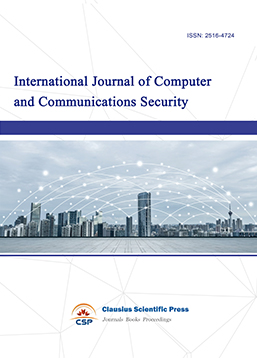
-
Journal of Multimedia Techniques
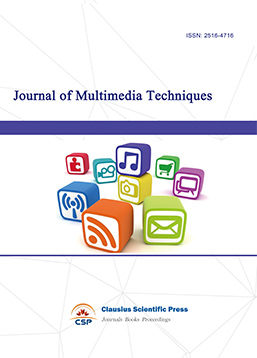
-
Automation and Machine Learning
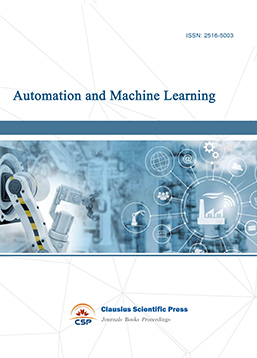
-
Computational Linguistics Letters
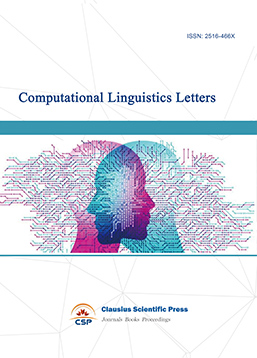
-
Journal of Computer Architecture and Design
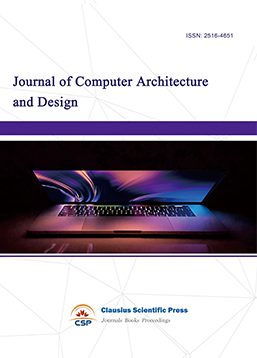
-
Journal of Ubiquitous and Future Networks
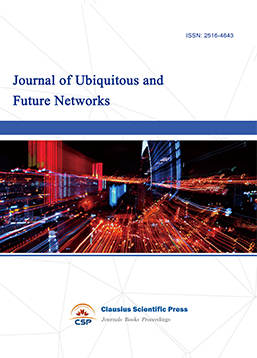

 Download as PDF
Download as PDF